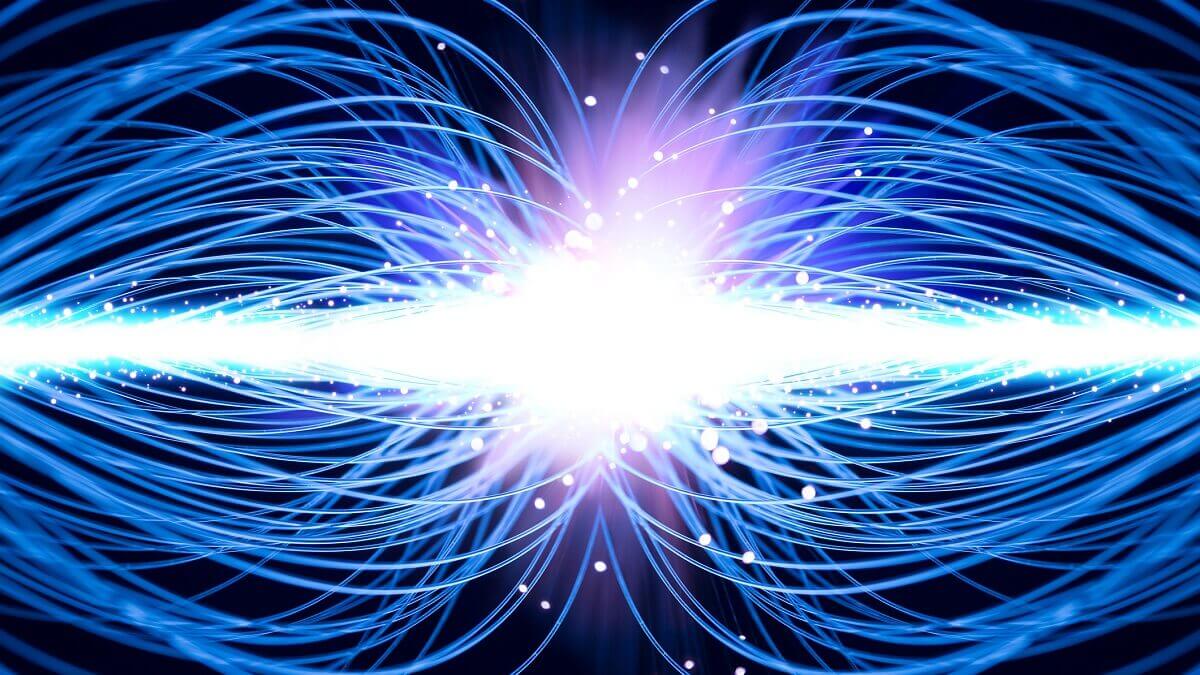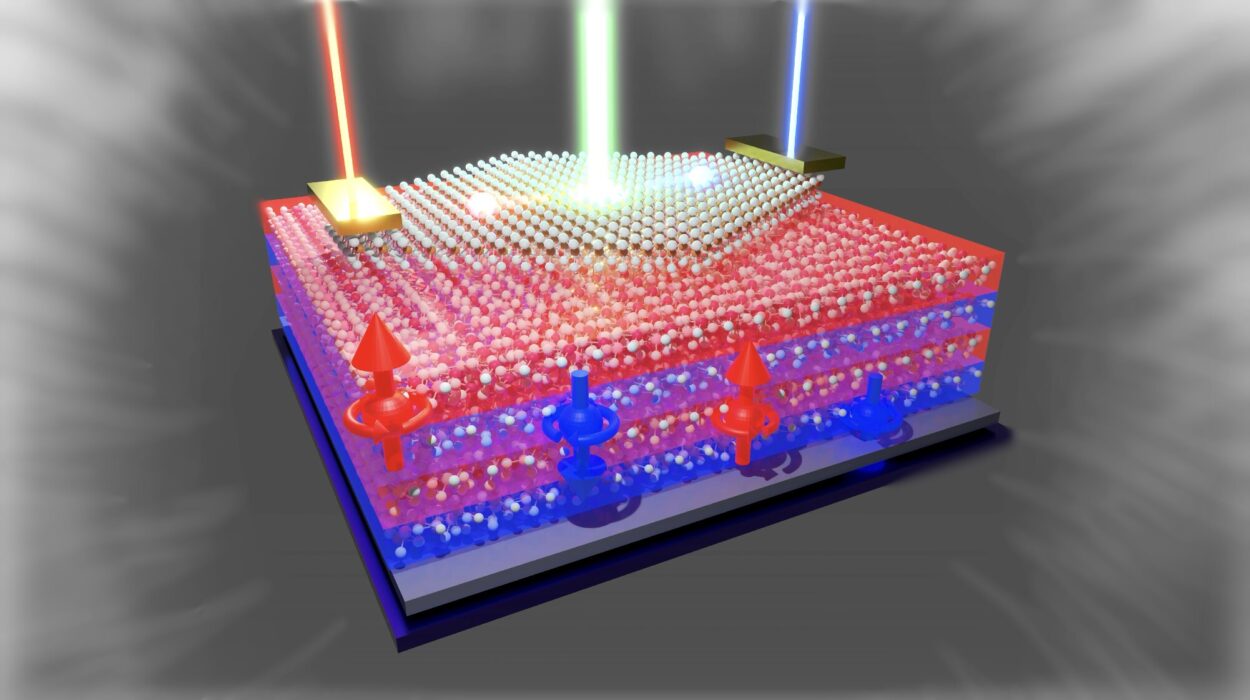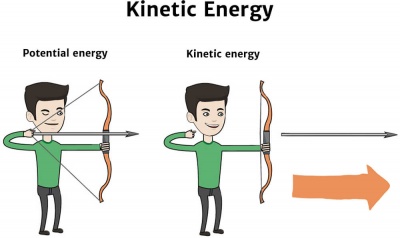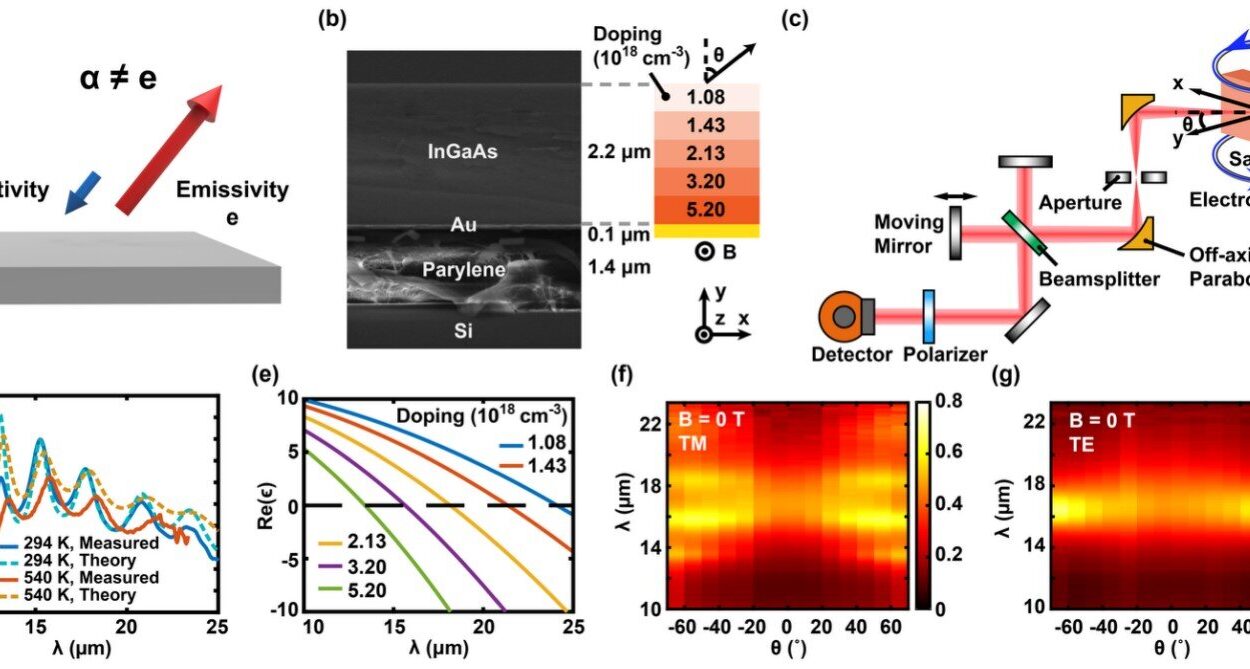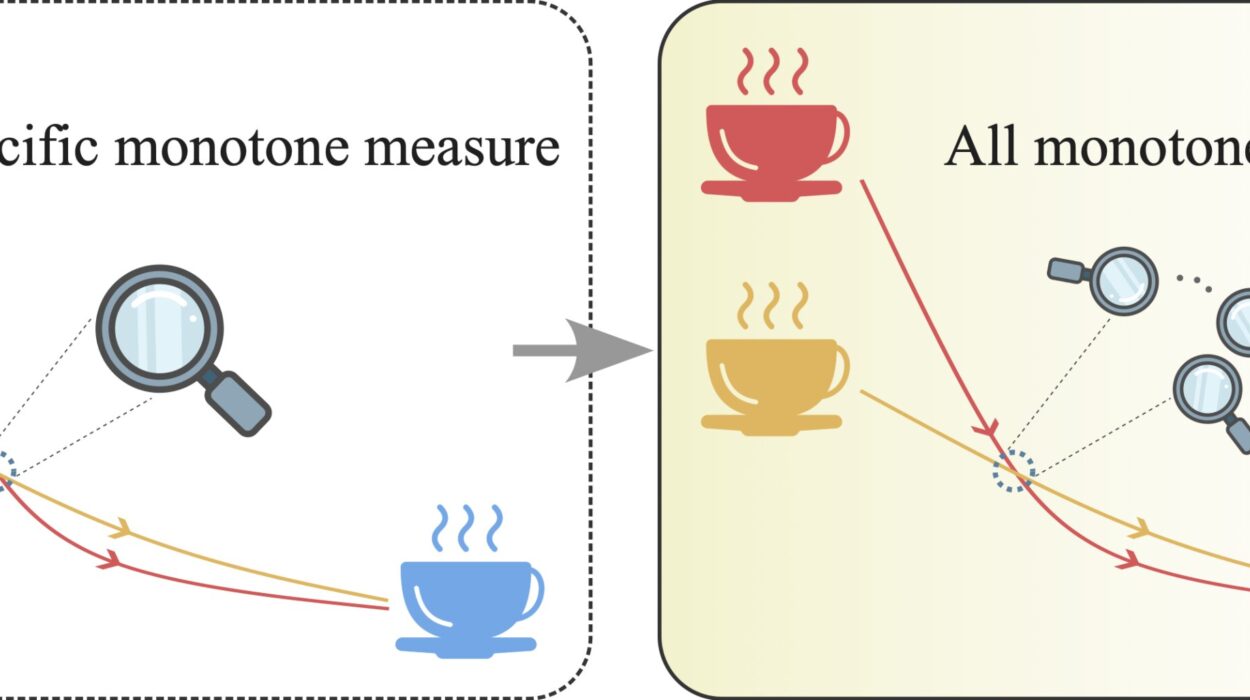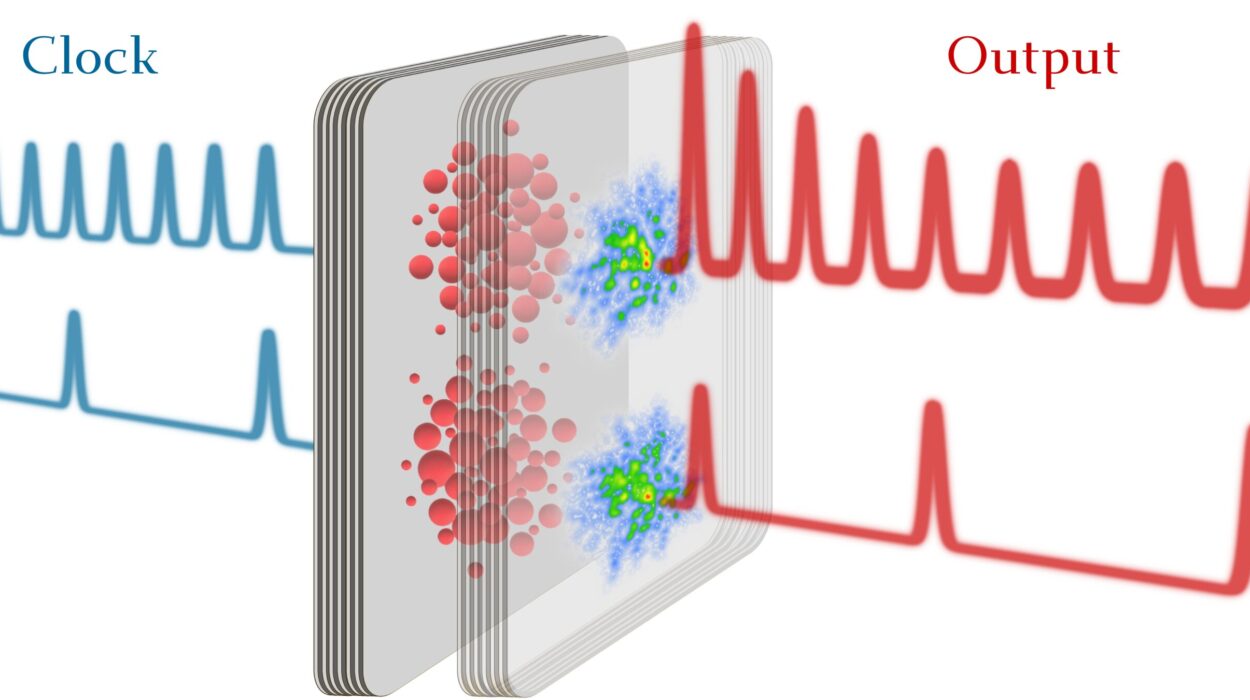Imagine the moment the universe sprang into being—the Big Bang, an unimaginably hot and dense explosion that gave rise to everything we see today. Galaxies, stars, planets, and eventually, us. But beneath that grandeur lies a puzzling, haunting mystery: according to the best scientific theories, the Big Bang should have produced equal amounts of matter and antimatter. And yet, our universe is overwhelmingly dominated by matter. Antimatter, the elusive twin of matter with opposite charge and quantum properties, is almost nowhere to be found. So where did it all go?
This cosmic imbalance is not just a quirky footnote in the tale of the universe. It challenges our understanding of physics, forces us to question the very laws we think we know, and has led scientists on a decades-long quest through particle accelerators, deep-space observations, and bold theoretical frameworks. The disappearance of antimatter is one of the most tantalizing mysteries in modern science—and we are still chasing its ghost.
What Is Antimatter, Anyway?
To understand the mystery, we must first grasp what antimatter is. In the early 20th century, British physicist Paul Dirac introduced the concept while trying to reconcile quantum mechanics with Einstein’s theory of special relativity. In 1928, Dirac’s equations predicted not only the existence of electrons, but also the possibility of particles identical in mass but opposite in charge—positrons, or anti-electrons.
Antimatter was not merely theoretical for long. In 1932, Carl Anderson observed positrons in cosmic rays using a cloud chamber, confirming Dirac’s prediction. Later discoveries expanded the menagerie: anti-protons, anti-neutrons, even entire anti-atoms have been created and studied in laboratory settings. When a particle and its antiparticle meet, they annihilate, converting into pure energy—typically high-energy photons called gamma rays.
This powerful annihilation, while seemingly destructive, also hints at one of nature’s deepest symmetries: for every type of matter particle, there’s an antimatter counterpart. That symmetry should have meant the universe started out with equal amounts of both. But it didn’t—or so it appears.
The Perfect Symmetry That Shouldn’t Be Broken
Let’s wind the cosmic clock back 13.8 billion years. The Big Bang occurs, a cataclysmic burst of energy expanding rapidly into what would become our universe. According to our best models, particularly the Standard Model of particle physics, matter and antimatter were forged in equal parts in those first fiery moments. So what should have happened next?
Simple. Every particle of matter should have found its antimatter twin, resulting in mutual annihilation. The universe would then be flooded with photons—light—but devoid of any atoms. No stars, no planets, no life.
Clearly, that didn’t happen. Instead, somehow, for every billion particles of antimatter, there were a billion and one particles of matter. That tiny imbalance—the one part per billion—is the reason everything exists. The fundamental mystery is why this imbalance occurred at all. Why was the universe tilted, however slightly, in favor of matter?
The Search for an Explanation: CP Violation
One of the key suspects in the antimatter vanishing act is something called CP violation. CP stands for Charge and Parity. Charge refers to a particle’s electric charge—positive or negative—while parity refers to the mirror-image configuration of a system. The combination of CP symmetry assumes that flipping a particle into its antimatter version and reflecting its motion should yield the same physical behavior.
But in the 1960s, experiments with neutral kaons—strange, short-lived particles—showed that this symmetry doesn’t always hold. The laws of physics, it turns out, sometimes treat matter and antimatter differently. This violation is incredibly subtle, but its mere existence suggests a crack in the symmetry that could explain the matter-dominated universe.
Later experiments, such as those involving B mesons at facilities like CERN’s Large Hadron Collider and Japan’s Belle experiment, have further confirmed CP violation. Yet these observed violations are still far too weak to explain the enormous matter-antimatter imbalance we see today. They help, but they don’t close the case.
Theories, Hopes, and Dead Ends
To go further, scientists have developed more ambitious theories. One of them is leptogenesis, which proposes that the imbalance began with leptons, a family of particles that includes electrons and neutrinos. In this scenario, asymmetries in the behavior of heavy neutrinos in the early universe could have cascaded into the baryon asymmetry—the excess of protons and neutrons that makes up matter as we know it.
Neutrinos, ghostly particles that barely interact with matter, play a mysterious role in this puzzle. They come in three “flavors,” and intriguingly, they oscillate—change from one type to another—implying they have mass. Could these shape-shifting particles hold the secret to the missing antimatter? If neutrinos are their own antiparticles—a property called Majorana behavior—it could be a game-changer.
Another set of ideas comes from the realm of supersymmetry (SUSY), a proposed extension of the Standard Model. SUSY predicts a vast mirror world of particles, each known particle having a much heavier partner. Some of these supersymmetric partners could influence CP violation and explain how matter came to dominate. Unfortunately, despite extensive searches at high-energy colliders like the LHC, no supersymmetric particles have yet been found.
Antimatter in the Lab
Despite its scarcity in the universe, antimatter is not entirely out of reach. Scientists have been creating and studying antimatter in labs for decades. At CERN, the Antiproton Decelerator facility can slow down and trap antimatter long enough to form anti-hydrogen atoms—an anti-electron orbiting an anti-proton.
These exotic atoms offer a unique opportunity. By comparing their spectral lines—the fingerprints of how they absorb and emit light—with those of normal hydrogen, scientists test fundamental symmetries of nature. So far, anti-hydrogen seems eerily identical to hydrogen, reinforcing the puzzle. If antimatter behaves just like matter, why did the universe prefer one over the other?
Trapping and storing antimatter remains incredibly challenging. When it comes into contact with normal matter, even the walls of a container, it annihilates instantly. Magnetic traps and vacuum chambers help, but we’re still far from storing antimatter in bulk. Nevertheless, even these small samples offer profound insights.
Antimatter in the Universe: Is It Out There?
One tempting possibility is that antimatter didn’t vanish at all—it just segregated. Maybe vast regions of the cosmos are made of antimatter, separated from matter by immense distances. Where matter and antimatter meet, we’d expect intense gamma-ray bursts from annihilation events. But despite scanning the skies, astronomers haven’t found such evidence.
The Fermi Gamma-ray Space Telescope and other observatories have detected gamma rays from all over the universe, but their patterns don’t suggest large antimatter regions. Cosmic rays have revealed occasional positrons and antiprotons, but these can be produced by high-energy collisions involving normal matter.
A smoking gun would be the detection of anti-helium nuclei in cosmic rays—something that ordinary processes struggle to produce. So far, there have been tantalizing hints, but no confirmed discoveries. If found, such particles would imply the existence of anti-stars or even anti-galaxies, reshaping our understanding of the cosmos.
Dark Matter and Antimatter: Are They Connected?
Some physicists speculate that the key to antimatter’s disappearance lies in its connection to dark matter—the invisible substance that makes up roughly 27% of the universe. Dark matter doesn’t emit light or interact electromagnetically, but its gravitational fingerprints are everywhere.
Certain models propose that the processes that created dark matter also skewed the balance between matter and antimatter. Others suggest that dark matter could consist of stable remnants from the early universe—perhaps “dark antimatter” that doesn’t annihilate with normal matter.
While these ideas are speculative, they are actively being tested through particle collisions, underground detectors, and space telescopes. If a link between antimatter and dark matter were established, it would mark a seismic shift in physics.
Philosophical Implications: Why Does It Matter?
Beyond the technical and scientific dimensions, the antimatter mystery touches on deep philosophical questions. Why is there something rather than nothing? If the laws of physics are symmetrical, why did nature break the symmetry?
Some thinkers suggest that the answer lies not in the laws themselves but in initial conditions—a kind of cosmic accident or quantum fluctuation that tilted the scales. Others argue for a multiverse, where different regions obey different rules, and we simply live in one where matter won out.
But the most haunting possibility remains: maybe our theories are incomplete. Maybe we’re missing a fundamental principle or a hidden variable that could illuminate this shadowy corner of physics. This humbling realization drives the passion and urgency behind antimatter research. We are staring into the void, and the void stares back.
The Future of the Hunt
The search for the missing antimatter continues on multiple fronts. CERN’s experiments are growing ever more precise, measuring the tiniest differences between matter and antimatter. New facilities like FAIR in Germany promise to deepen our understanding of antiprotons and strange particles. Meanwhile, satellite missions like AMS-02 aboard the International Space Station are scouring cosmic rays for telltale signatures.
In the coming decades, advances in neutrino physics may unveil the role of these elusive particles in the matter-antimatter saga. Giant detectors like DUNE (Deep Underground Neutrino Experiment) aim to observe CP violation in neutrinos with unprecedented precision.
At the theoretical level, researchers are probing bold new ideas—extra dimensions, mirror universes, hidden sectors—that may hold the key to the cosmic imbalance. These theories stretch the imagination and challenge the status quo, but that is precisely what science thrives on.
Conclusion: A Mirror Left Empty
The story of antimatter is, at its core, a story about us. It’s about why we’re here at all. It’s about the delicate dance of symmetry and its breaking, about the elegance of mathematics and the messiness of nature. It’s about the universe choosing sides—for reasons we still don’t fully understand.
As we stand on this tiny speck of matter in a vast and ancient cosmos, we are reminded that the greatest mysteries are not always about what’s present, but what’s missing. Antimatter, our invisible twin, haunts the equations, lurks in the theories, and waits—perhaps just beyond our current reach.
Solving the mystery of antimatter won’t just explain the past. It may point the way to the future: to new physics, new technologies, even new philosophies. Until then, we chase shadows with particles of light, looking for the reflection that never came.
